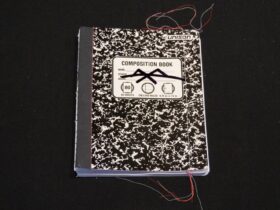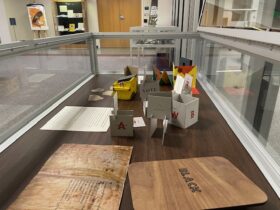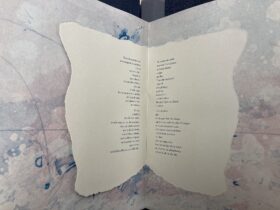For the first time a new scientific technique has allowed us into the minds and motivations of medieval people – through their dirty books.
A new technique invented by Dr Kathryn Rudy, lecturer in the School of Art History at the University of St Andrews, can measure which pages in medieval manuscripts are the dirtiest, and therefore, the most read.
A machine called a densitometer allows the dirt contained within the pages of books centuries old to reveal the inner thoughts of our ancestors. Dr Rudy’s new technique with the machine, used on medieval prayer books, has shown people were as self-interested, and afraid of illness as today. The ground-breaking research has even managed to pinpoint the moment that people fell asleep reading the same book.
For example one of the dirtiest pages in a selection of European religious books was a prayer to St Sebastian who was often prayed to because his arrow-wounds (the cause of his martyrdom) looked like the bubonic plague.
This shows us that the reader of the book was terrified of the plague and repeated the prayer to ward off the disease. Similarly pages which contained the prayers for the salvation of others were less dirty than those asking for salvation for oneself.
As well as demonstrating medieval people prayed for their own assistance, the analysis showed the pages of a prayer to be said in the small hours of the morning were only dirty for the first few pages. Dr Rudy’s extrapolates that it shows most readers fell asleep at the same point.
She explains, “Although it is often difficult to study the habits, private rituals and emotional states of people, this new technique can let us into the minds of people from the past.
“Religion was inseparable from physical health, time management, and interpersonal relationships in medieval times. In the century before printing, people ordered tens of thousands of prayer books—sometimes quite beautifully illuminated ones—even thought they might cost as much as a house.
“As a result they were treasured, read several times a day at key prayer times, and through analysing how dirty the pages are we can identify the priorities and beliefs of their owners.”
See also the article: Dirty Books: Quantifying Patterns of Use in Medieval Manuscripts Using a Densitometer
Source: MEDIEVALISTS.NET






